
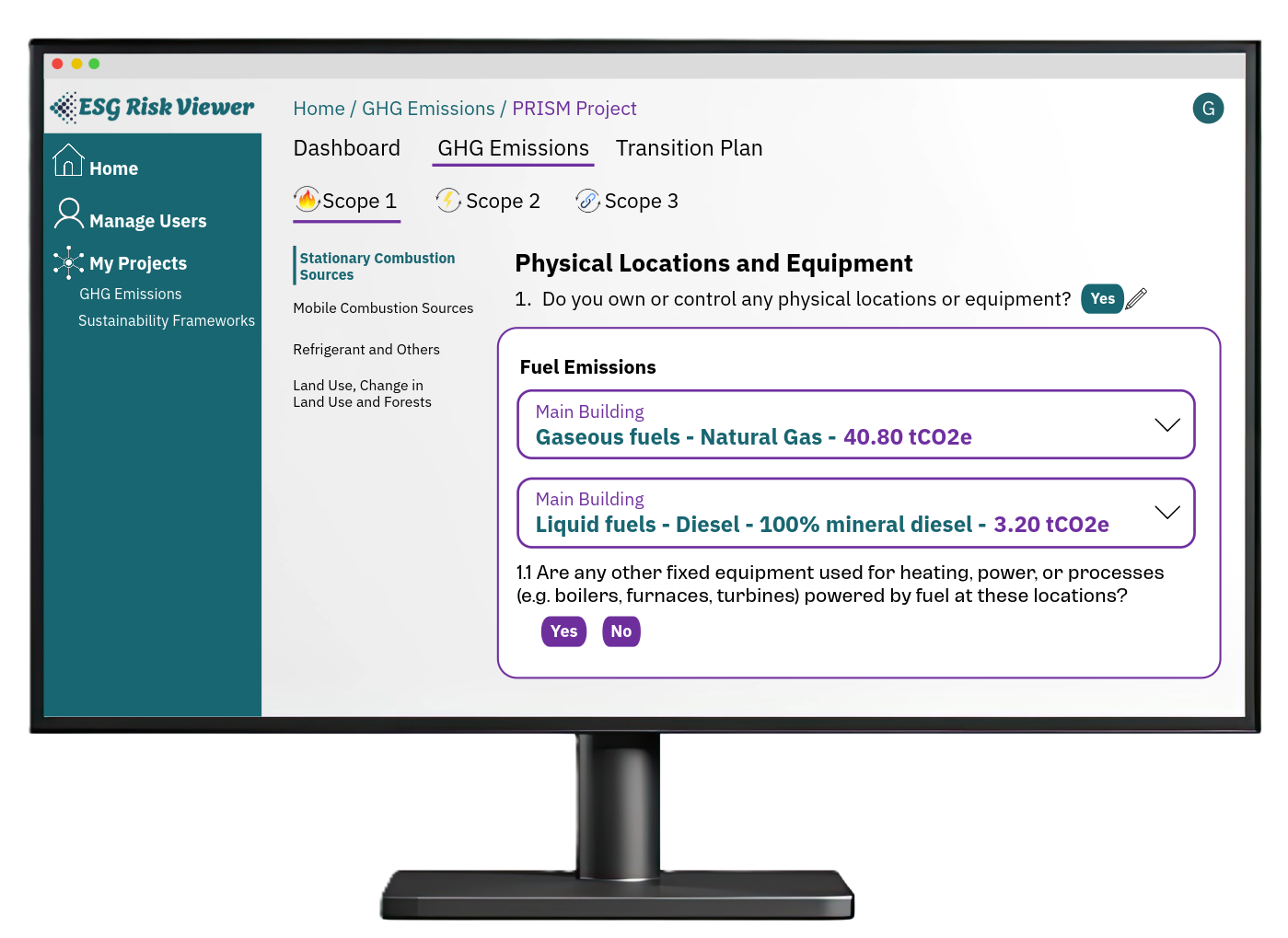
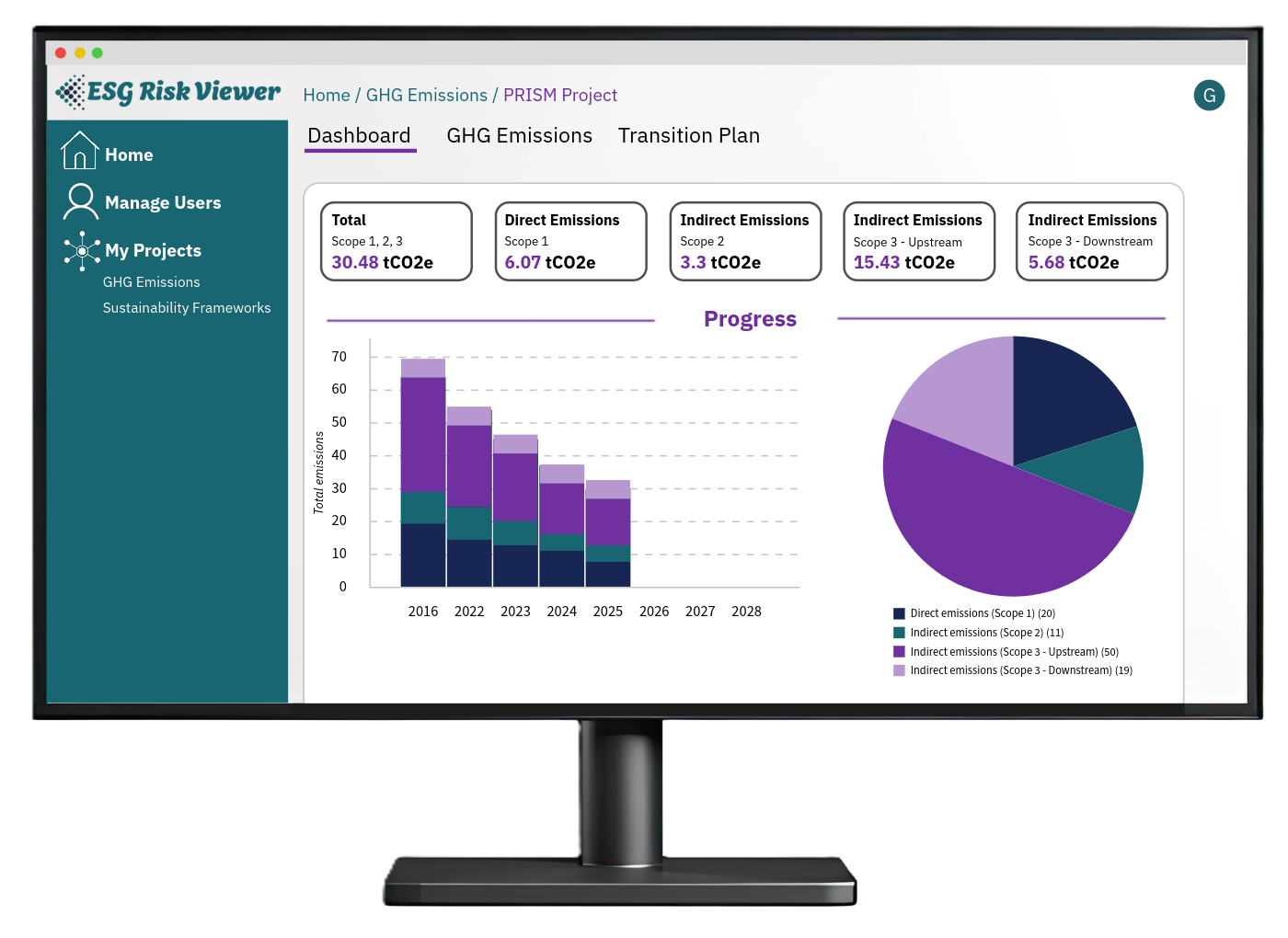




A platform with pre-built tools to help you start your sustainability journey.

Our comprehensive carbon emissions module is completely free.

Consumer goods, industrial, infrastructure, services, transportation and many more.
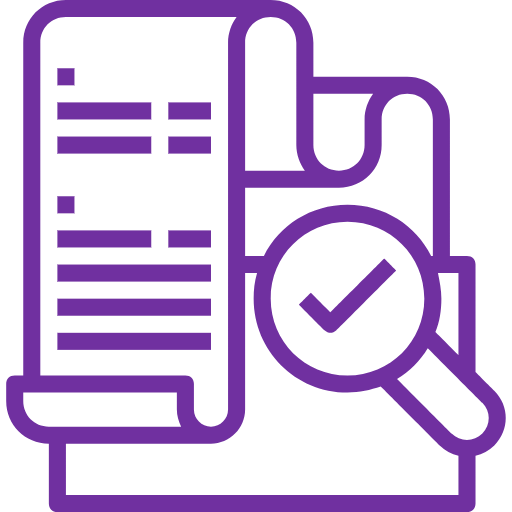
Supports the entire carbon accounting process, from data collection to auditing.


In-built tools to define GHG operational boundaries and to calculate emissions in line with the GHG Protocol.
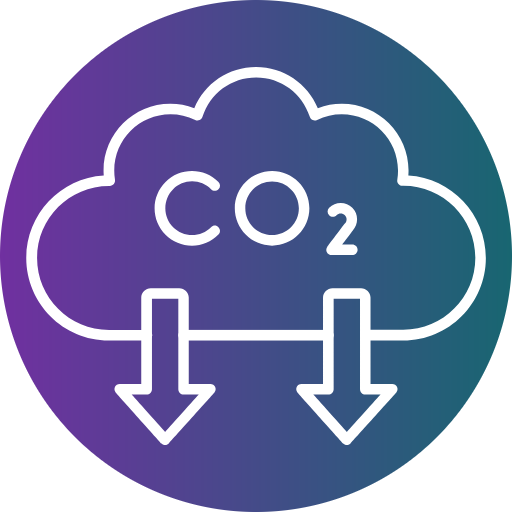
Comprehensive GHG module that includes scope 1, scope 3 and scope 3 categories. All 15 activities within scope 3 included.
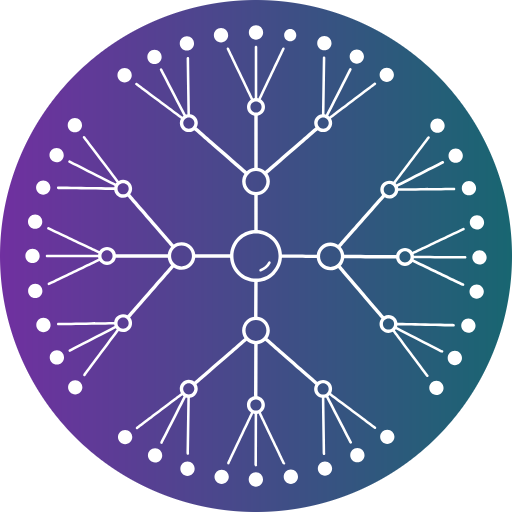
5:1 ratio between activity-based and spend-based emission factors.
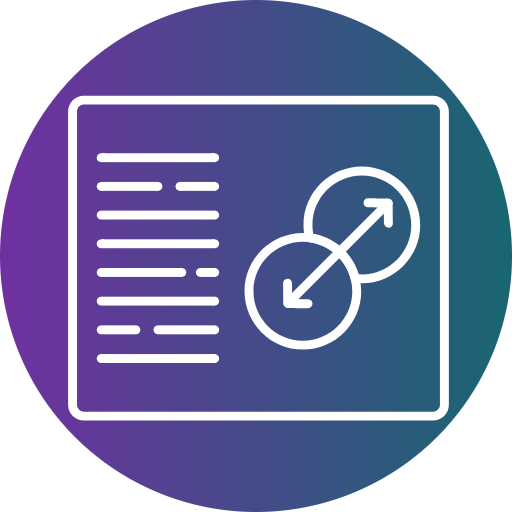
Set long-term goals and short-term milestones, develop action plans and track their progress via an intuitive dashboard.
The Climate Aware organisations are conscious about climate change and its implications. They adopt a practical approach in managing climate risks. They typically aim to respond to greenhouse gases (GHG) emissions information requests from clients and lenders.
The Climate Action-Ready organisations take a mid- to long-term view of climate change and its implications. They typically adopt a strategic approach to the management of GHG emissions and build capabilities to mitigate risks and seized opportunities.
The Net-Zero Contributors take a long-term view of climate change and its implications. They lead the way in their respective industry, drive innovation in the management of GHG emissions, build and help build capabilities to mitigate risks and seized opportunities.
The sustainability pragmatists use a practical and context-sensitive approach to managing sustainability risks and opportunities. They typically aim to respond to information requests from clients, lenders and other stakeholders.
The sustainability strategists take a long-term view of sustainability risks and opportunities affecting the organisation. They typically anticipate new developments and build capabilities to mitigate risks and to seized opportunities.
The sustainability trailblazers lead the way in sustainability in their respective industry. They take a long-term view of sustainability risks and opportunities, and drive innovation while addressing demands from stakeholders.

All features included in Lite version, plus

Financed emissions represent the GHG emissions associated with the lending and investment activities of financial institutions. We illustrate the implications of financed emissions reporting for organisations.
Read More
This article explains the reason why even SMEs should engage with the management and reporting of their sustainability risk and opportunities.
Read More
This article highlights the benefits of sustainability for SMEs and explain the steps involved in the voluntary adoption of sustainability reporting frameworks.
Read More
In this article, we highlight the process of managing GHG emissions for organisations, from the determination of organisational boundaries to the establishment of transition plans.
Read More
We highlight the benefits of using Multilateral Stakeholder Salience as a model to align sustainability actions with the degree of salience (i.e. power, legitimacy and urgency) of various stakeholder groups.
Read More
This article reviews the content elements of the strategic report for companies and the work of the Technical Advisory Committee (TAC) to assess IFRS Sustainability Disclosure Standards on a technical basis.
Read More